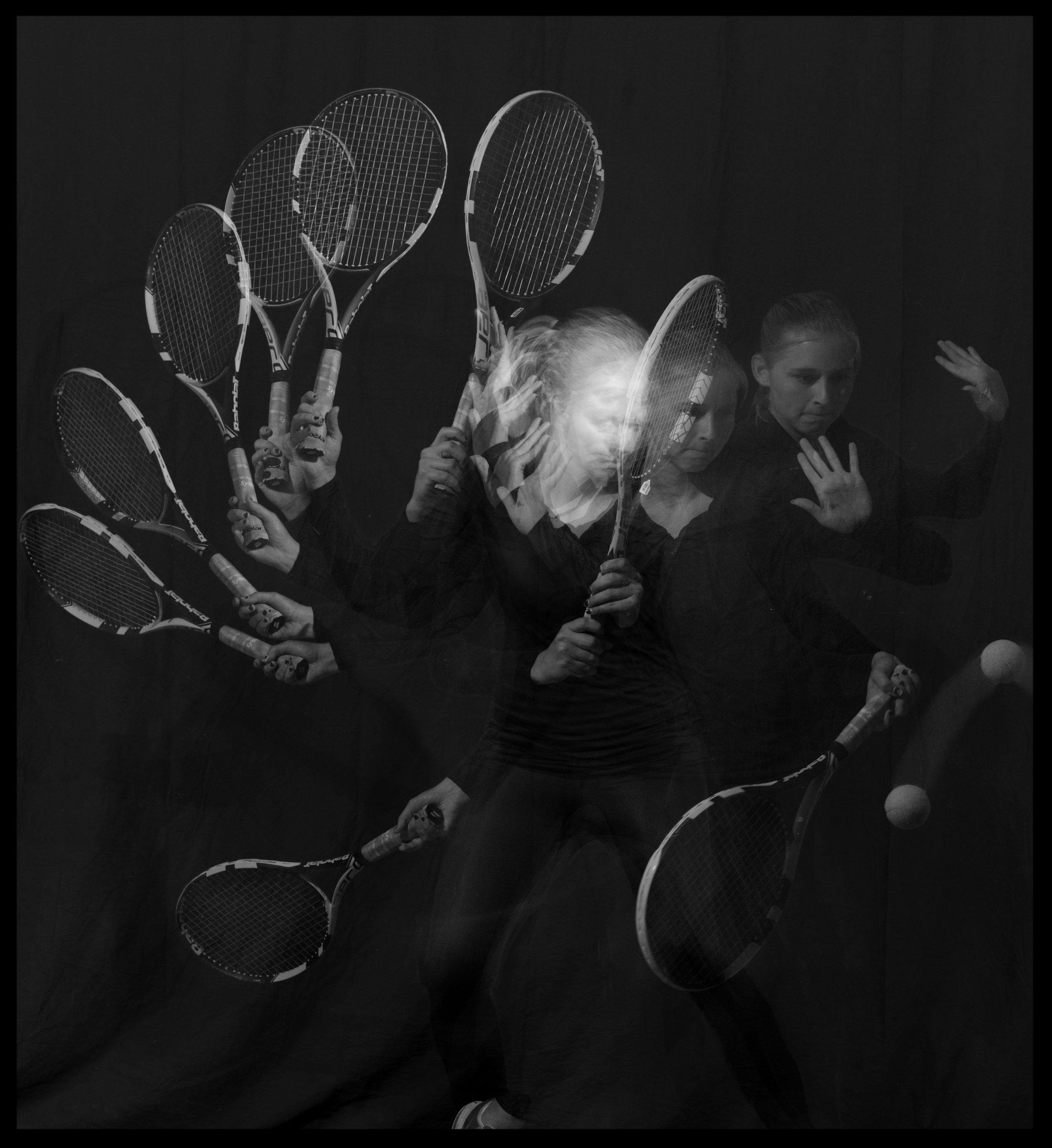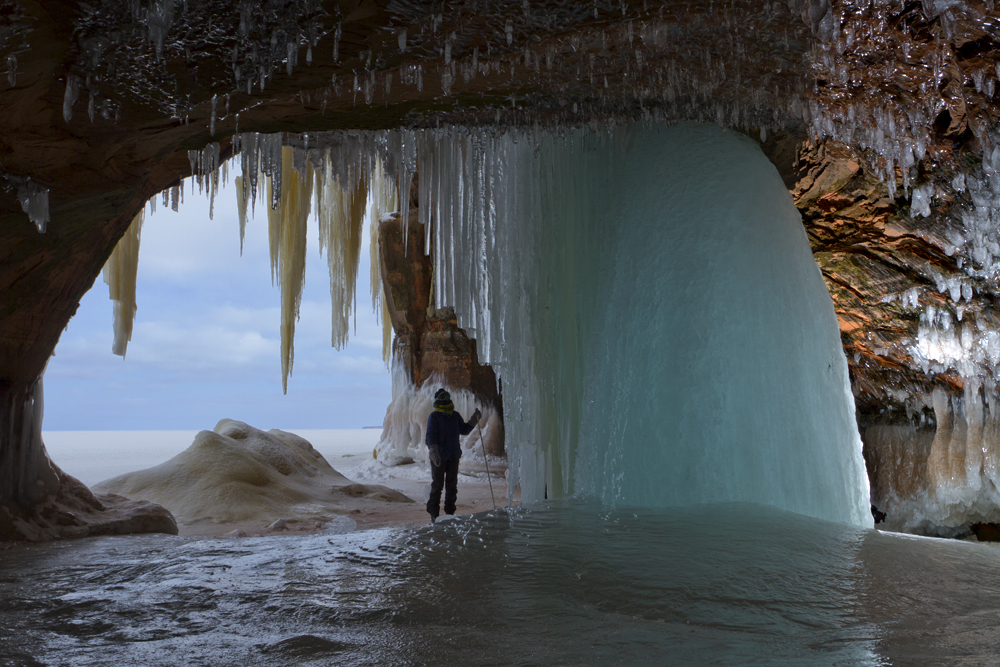In February 2017 I was approached by the Director of Construction, Chuck Coderko, here at the University of Illinois Springfield about a special project. Part of one of the buildings on campus was being renovated and would be the home for two newish majors - Athletic Training and Exercise Science. The architect working with Chuck on the renovations suggested using large, mural-sized photos in three locations in the building (2-10'x11' spaces and one 13'x11' space). Chuck was hoping I would be interested in working on the project. My photos - GIANT! Yes, please.
The general concept was to have photos that represented each of the majors and then the third photo space would tie the two together.
I thought about it and decided I wanted to create one series of black and white images of athletic motion through a stop-motion technique. I won't get too technical (email me if you're curious) but I wanted flash photos to freeze the motion but on the same image capture. These photos are not assembled from several different frames in Photoshop. Each image is a complete motion. This is not a new photographic idea. Former Life Magazine Photographer Gjon Mili was doing this in the 1940s and 1950s with much older and more difficult equipment and there were photographers doing similar work prior to Mili. Eadweard Muybridge comes to mind and he was working in the 19th century. I'm thankful for the modern convenience of Nikon Speedlights.
With the other body of work I wanted to create studies of physiques, also in black and white. It was to be the human form as sculpture, essentially. This also isn't a new concept in photography. There are countless photographers working in this vein. I think of work by Bill Brandt and Howard Schatz.
So I pitched my ideas to Chuck and the architect, got their blessing and went forth to make pictures.
It took the better part of spring semester and most of it was logistics - finding models that met what I was looking for. Those models had to be willing to be nearly nude and photographed by someone who was essentially a stranger. Oh, and since we're on a shoe string budget, they had to be willing to do it pro bono. I will forever be in my models debt and most of them were UIS students. I managed to find five people for the physique shoots and was able to get 12 athletes for the athletic motion photo shoots. Care was taken to photograph a variety of skin tones and genders. I'm grateful these people made this project a reality.
It was a learning experience throughout. I'm sure if I did it again, I could do it better. I had originally conceived of one large physique photo, one large athletic motion study photo and then in the third spot, to tie the two together, a grid pattern of nine photos. Five photos would be physiques and four would be athletic motion - all laid out in a 3x3 grid. I intentionally shot physiques on a high-key (white) backdrop for this purpose. (The stop-motion has to be done against a black backdrop.)
When all was said and done, the powers that be chose three large photos instead of the grid idea. Overall, I'm pretty happy with the results. It was one of the more interesting projects that I've done at work.



























